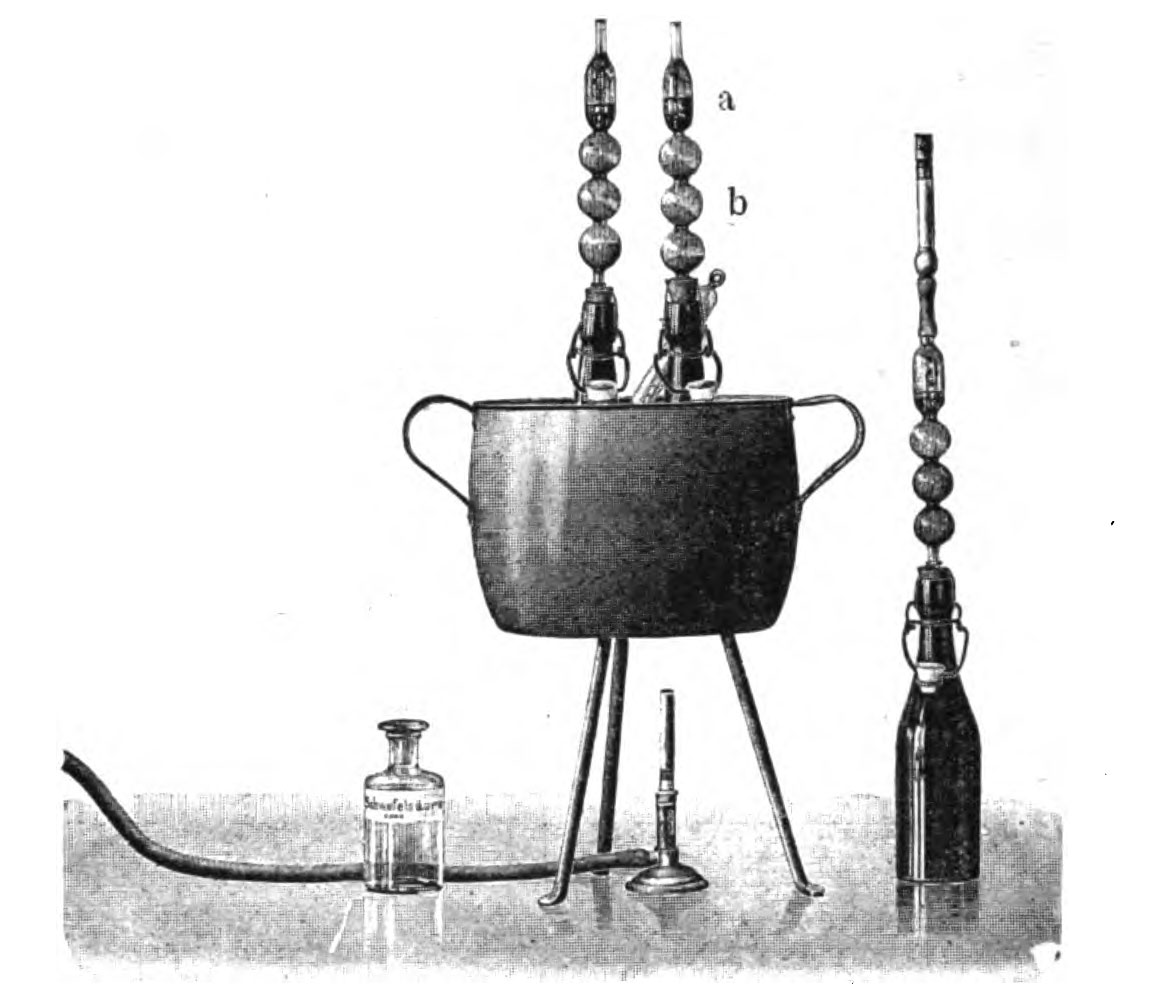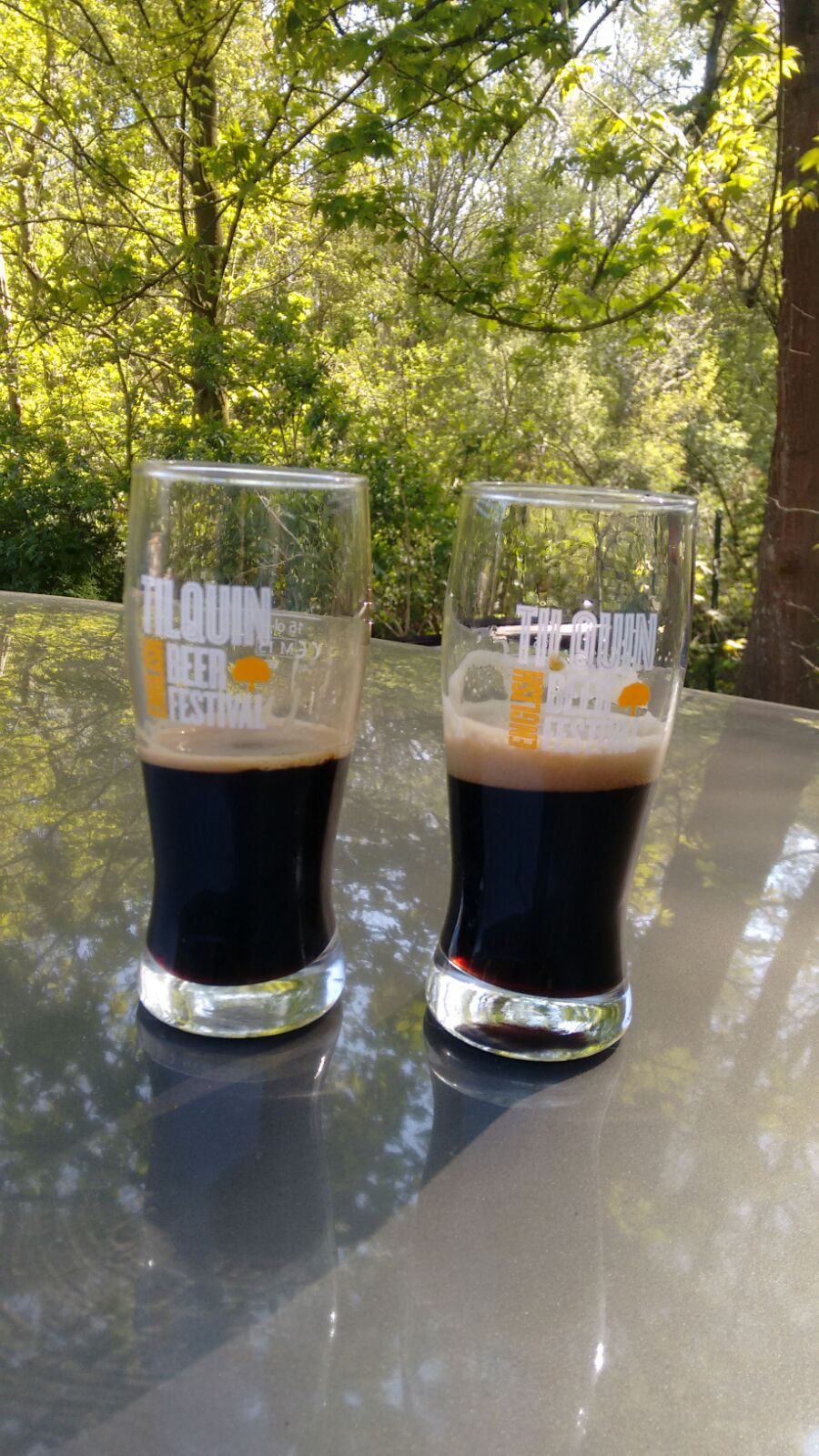Getting amounts of malt and specific gravity is a lot harder. I found only one value for Goslarsche Gose which was from 1858 but two others for Döllnitzer Gose which was close to Goslarsche. After that I found a lot of other data points for Döllnitzer but the problem with them was that the readings were taken around 1900 and they get a lot lower than the first ones. I contribute that to the state of the economy and maybe taste at that time. What is a common Scheme you see is the high finishing gravity. With an apparent degree of attenuation around 60% it is not your typical sour beer like Berliner Weisse or Lambic. For my recreation I will settle at 13[…]
Kategorie: Allgemein
My Goal is to recreate a somewhat historic acurate version of Goslarsche or Dölnitzer Gose for Carnival Brettanomyces and I will post my progress here. Malt is where every beer starts. Let’s see what different sources say about the Malt in historical Gose from Goslar: Heinrich Steckhahn writes 1869 in a Newspaper from Goslar: The Wheat was bough from the production director (Gose was brewed solely from pure wheat malt). This wheat was delivered to the active brewing houses for malting … So this source says Gose was only brewed with wheat. (Full Source available here) The next recipe source from 1762 does not mention anything about the malt in particular. It just says it is a “Weizenbier” and that in[…]
As my german sour beer research continues I found some really interesting facts about Gose. From a newspaper article from 1882 there is the following: „There is no yeast pitched into the beer. Due to that fact a thick layer of mold builds on top of it. The thicker this leather like layer gets the better the stability of the beer. The reason for that is that the mold layer blocks oxygen from getting into the beer. Only when the beer is given away yeast is pitched.“ That Gose stems from spontaneous fermentation is nothing new but a leather like layer sounds quite interesting. There is also talk that a second fermentation took place in long necked bottles and the rising[…]
Hello fellow blog readers, there will be some changes to the blog. I decided to focus it more on my research about old German Styles. Actual my interests are on Berliner Weisse and Gosslarsche/Dölnitzer Gose. I will change the language of the blog to english in order to appeal to a bigger audience. Cheers
Wie ihr schon seht handelt es sich hier nicht um ein gekauftes Bier sondern um ein selbstgebrautes. Neber tests von Kaufbieren werde ich hier meine Rezepte, Experimente und deren Verkostungsberichte veröffentlichen. Mein Ziel mit diesem Weizen war es ein sehr bananiges und süffiges Weizen zu brauen für den Sommer oder auch einfach nur um es entspannt zu trinken. Nun erstmal zum Verkostungsbericht: In der Nase definitiv Bananennoten eher der geruch von reifen Bananen, fruchtig leicht hefig und dezent ein wenig Nelke im Hintergrund. Der erste schluck bestätig die Banane und ist leicht fruchtig. Ein kleiner Fehlgeschmack ist ein leichter Würzegeschmack vielleicht ist das Bier noch zu Grün und hätte noch 1-2 wochen gebraucht. Eine Getreidige Note gesellt sich zur einer[…]
In meinem ersten Belgien Bierurlaub im November 2015 besuchte ich die Gueuzerie Tilquin ein paar km unter Brüssel. Fantastische Belgische Sauerbiere durften wir dort probieren unter anderem ein Lambic mit Zwetschgen und eines mit Brombeeren direkt aus dem Tank. Am 30.4 gab es eine fantastische Veranstaltung auf dem Gelände von Tilquin, und zwar das English Beer Festival. Das Lineup konnte sich sehen lassen! Unter anderem Kernel, Magic Rock, Beavertown, Weird Beard, Moor, BBNo und Wild Beer. Was soll ich sagen ich wurde nicht enttäuscht! Eine wunderschöne Location, entspannte Atmosphäre, gutes Essen und geniale Biere. Ein paar Highlights würde ich gerne hervorheben: Magic Rock – Bearded Lady (Desert Edition) – 10.5 % Alc Ein Imperial Stout mit Schokolade, Zimt und Vanille. In[…]



